Transforming Tomorrow: Evolving Work, Workplaces and the Workforce
| From | To |
| Predictable work tasks and outputs | Dynamic delivery of work outcomes |
| Manual tasks with some automation | Automated and augmented delivery |
| Transactionally focused work that drives efficiency | Purpose-driven work that makes an impact |
| Hierarchical delivery through reporting lines | Networked delivery through collaborations |
As the nature of work changes, workplaces must adapt to remain productive and sustainable.
How are workplaces transforming?
The evolution of the workplace has transformed it from a traditional setting where work is merely conducted or delivered to a dynamic environment that prioritizes collaboration, purposeful spaces, and flexibility. Several fundamental shifts characterize this evolution 6 :
| From | To |
| Workplaces where employees go to do work | Workspaces where people go to collaborate |
| Technology enablement as a means to deliver outputs | Technology integration as a core focus of workspaces, that enables productivity |
| Working hours and location as the main arrangement of how work gets delivered | Work arrangements that include flexible working hours and mode of delivery |
These changes highlight the flexibility of workplaces in both physical location and work arrangements. It also requires a different approach and use of technology as a critical enabler to drive collaboration, productivity and inclusive work practices.
What does the future workforce look like?
The transformation of the workforce signals a change in not only the composition and definition of employees and talent but also how employees work together to deliver on organizational goals. For organizations, this expands their self-contained workforce beyond traditional organizational boundaries and to a workforce pool that includes permanent, non-permanent, temporary, and technological workers 7 .
| From | To |
| Homogenous workforces that remain relatively consistent over time | Diverse workforce pools that stretch beyond traditional boundaries |
| Individual contributor delivery within clear structures | Collaborative networks that enable flex and responsive workforce pools |
| Permanent employment as a prerequisite for critical and core talent | Non-permanent and non-traditional talent as key contributors within the organization |
The changes in the nature of work, workspaces and the workforce will demand HR teams to take proactive actions to prepare their organizations to thrive in this evolving landscape.
How can HR play an active role in redesigning the future of work?
We outline 5 actions for HR to take to embrace the opportunities for impact.
1. Embrace technological advancements
By investing in automation, collaborative software, AI and other technologies, HR can enhance efficiency, streamline processes, and empower employees to focus on value-adding aspects of work.
2. Promote collaboration and inclusivity
Design workspaces that encourage teamwork, create collaborative networks, and emphasize partnerships. Inclusivity should extend to diverse resourcing models, acknowledging the contributions of full-time employees, part-time workers, freelancers, and contractors.
3. Cultivate flexible organizations
Emphasize adaptability in organizational structures to foster collaboration and quick decision-making. This also includes creating work environments that accommodate diverse work preferences, support flexible work arrangements, and provide continuous learning opportunities.
4. Shift from jobs to skills-based careers
Invest in employee growth and advancement, fostering a culture where individuals see their roles as part of a larger career trajectory within the organization. This involves providing pathways for career development, mentorship programs, and recognition of individual contributions.
5. Prioritize purposeful work
Foster a sense of purpose by aligning personal values with organizational values. This can create a strong sense of community, connection, and a shared mission.
Concluding remarks
The evolving landscape of work holds promising prospects for society, organizations, and individuals alike. Seizing these opportunities demands that HR teams navigate the path toward embracing shifts in work dynamics, the reimagining of workspaces, and the composition of the workforce.
About the Authors:
Dr. Marna van der Merwe
Dr. Marna van der Merwe is an Organizational Psychologist and Subject Matter Expert at AIHR. She has extensive experience in Human Resources, Organizational Effectiveness and Strategic Talent Management. She is a researcher, published author and regular conference speaker in the areas of talent management, experience design, as well as the changing nature of careers. Marna holds a PhD in Organizational Psychology, with a specific focus on talent management and careers in the future of work.
Dr. Dieter Veldsman
Dr. Dieter Veldsman is an organizational psychologist with 15+ years of experience across the HR value chain and lifecycle, having worked for and consulted with various organizations in EMEA, APAC, and LATAM. He has held the positions of Group Chief People Officer, Organizational Effectiveness Executive, Director of Consulting Solutions, and Chief Research Scientist. He is a regular speaker on the topics of Strategic HR, Future of Work, Employee Experience and Organizational Development.
Sources:
1 Lynn, Theo, et al. “The Future of Work : Challenges and Prospects for Organisations, Jobs and Workers.” OAPEN Home, Springer Nature, 14 Aug. 2023, library.oapen.org/handle/20.500.12657/75384.
2 “The Future of Jobs Report 2023.” World Economic Forum, www.weforum.org/publications/the-future-of-jobs-report-2023/digest/. Accessed 11 Jan. 2024.
3 Dhanpat, Nelesh, et al. “Industry 4.0: The role of human resource professionals.” SA Journal of Human Resource Management, vol. 18, 2020, https://doi.org/10.4102/sajhrm.v18i0.1302.
4 “Technology and the Future of Work: Factsheets.” CIPD, www.cipd.org/en/knowledge/factsheets/emerging-future-work-factsheet/. Accessed 11 Jan. 2024.
5 “What Is the Future of Work?” McKinsey & Company, 23 Jan. 2023, www.mckinsey.com/featured-insights/mckinsey-explainers/what-is-the-future-of-work.
6 “Future of Work and the Workplace.” Deloitte US, www2.deloitte.com/content/dam/Deloitte/us/Documents/human-capital/us-human-capital-transitioning-to-the-future-of-work. Accessed 11 Jan. 2024.
7 PricewaterhouseCoopers. “Workforce of the Future - the Competing Forces Shaping 2030.” PwC, www.pwc.com/gx/en/services/workforce/publications/workforce-of-the-future.html. Accessed 11 Jan. 2024.
The views and opinions expressed in this blog post belong solely to the original author(s) and do not necessarily represent the views and opinions of CPHR Alberta.
The views and opinions expressed in this blog post belong solely to the original author(s) and do not necessarily represent the views and opinions of CPHR Alberta.





